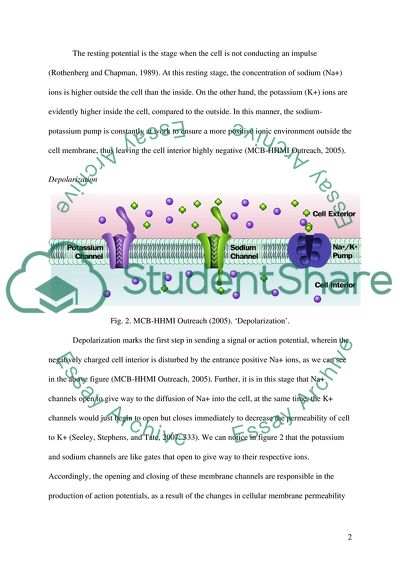Cite this document
(Action Potentials and the Cardiac Cycle Assignment, n.d.)
Action Potentials and the Cardiac Cycle Assignment. https://studentshare.org/health-sciences-medicine/1555662-action-potentials-and-the-cardiac-cycle
Action Potentials and the Cardiac Cycle Assignment. https://studentshare.org/health-sciences-medicine/1555662-action-potentials-and-the-cardiac-cycle
(Action Potentials and the Cardiac Cycle Assignment)
Action Potentials and the Cardiac Cycle Assignment. https://studentshare.org/health-sciences-medicine/1555662-action-potentials-and-the-cardiac-cycle.
Action Potentials and the Cardiac Cycle Assignment. https://studentshare.org/health-sciences-medicine/1555662-action-potentials-and-the-cardiac-cycle.
“Action Potentials and the Cardiac Cycle Assignment”. https://studentshare.org/health-sciences-medicine/1555662-action-potentials-and-the-cardiac-cycle.


